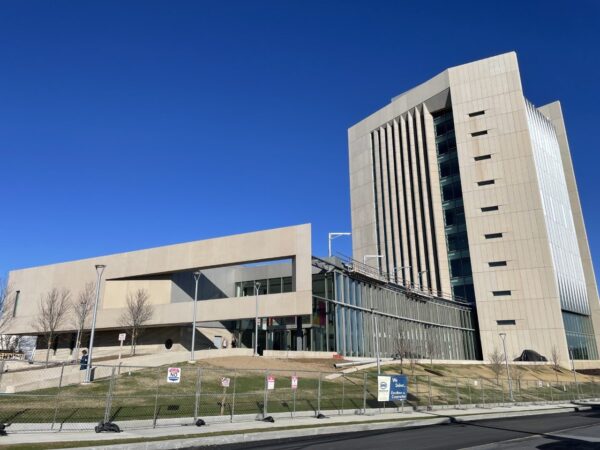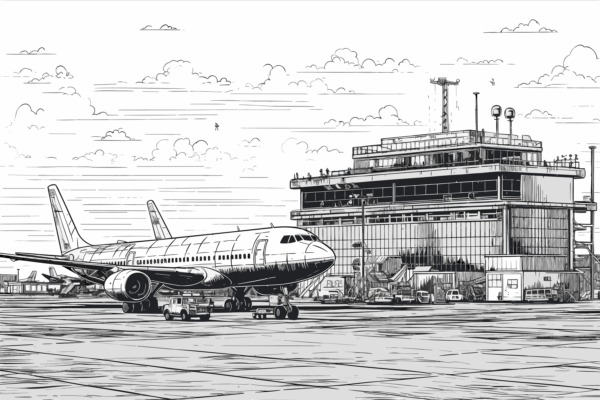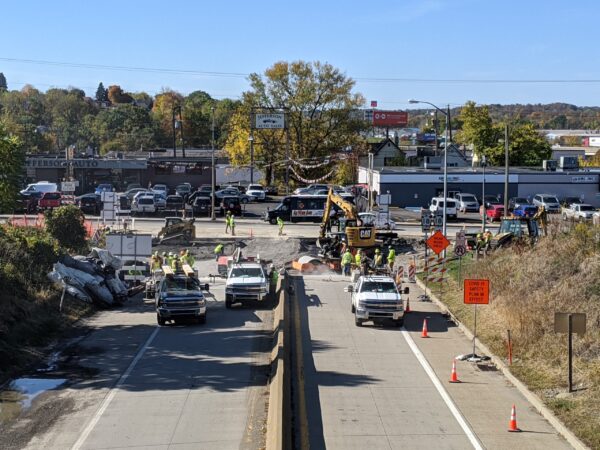

With construction starts soon to eclipse pre-pandemic levels and with the passage of the Infrastructure Investment and Jobs Act (IIJA) in the U.S., Federal, State, and Local agencies as well as private and institutional developers and owners require an ever-greater pool of program, project, and construction management (PM/CM) talent to support safe, on time, and within budget delivery. Unfortunately, just as the construction industry needs more new and eager young professionals to take on management roles, there is a yawning gap of available PM/CM talent.
As just one example, the U.S. Army Corps of Engineers (USACE), publicly stated their need for additional PM/CM expertise given that the scope of USACE’s program has grown from approximately $25 billion to more than $80 billion compared to pre-pandemic levels. Other agencies and owners, from airports to universities, are facing similar risks and challenges to their capital programs and projects, with the only real difference being scale. The fact is there are simply not enough qualified PM/CM resources available to support the work coming down the road, and this scenario is likely to remain for many years.
To help address this shortage, the Construction Management Association of America (CMAA), assembled 14 PM/CM leaders from across the industry to discuss workforce recruitment and retention and to suggest ways to overcome the current talent shortage in both the short- and long-term. I was happy to participate in this group, as I’ve seen first-hand on my assignments managing high-profile public building and infrastructure projects how PM/CM expertise can help both drive success and help to identify and overcome risks before they can impact progress. Ensuring the industry has a pipeline of young, diverse, and reliable professionals is a priority for my company and should be for everyone in the AEC field.
However, our group saw that in many cases there was resistance to change tried-and-true, historic industry recruiting practices. Specifically, over the course of our discussions, we identified the following obstacles to drawing young talent towards best AEC talent to the PM/CM career track:
While those of us who work in the PM/CM field understand that the industry is testing new methods and tools all the time and that, often, PM/CM services are provided in a contemporary office setting (or, increasingly, from home/remotely), there is some truth and history to these barriers.
Worse, once aboard, new talent then discovers their working environments are not necessarily as inclusive and welcoming as they had hoped. Post-hire issues CMAA’s group identified included:
With these obstacles and challenges in hand, our group had our work cut out for us. The results of our efforts are available in CMAA’s 2022 Prologue Report, and I encourage anyone with a stake in the PM/CM industry to review our suggestions in detail. However, I’ll attempt to offer a snapshot of our ideas below:
Our panel agreed that structural issues in the industry will continue to challenge efforts to improve recruitment and retention. Narrow, poorly defined career paths and the common short-term focus on productivity, for example, are often baked into our industry and remain obstacles to recruiting the best available young talent. However, AEC firms that are willing to explore new avenues to recruitment and advancement and be flexible in accommodating the hopes and expectations of their new employees will enjoy long term success.
About the Author
Hill International, Inc. Project Controls Manager – East Coast Jarvis A. Alridge, CCM, CM-BIM, has nearly 15 years of experience managing multi-million-dollar construction and engineering projects in Washington, DC, Maryland, Virginia, Louisiana, and Arizona. His responsibilities include team building, team supervision, project controls, quality assurance, quality control, and other owner’s representative services. A leader in Hill’s PM/CM technology implementations, Jarvis is adept in AutoCad, Civil 3D, Revit, Autodesk Build, and e-Builder, as well as knowledgeable of Primavera, RS Means, Navisworks, Procore, and Kahua.
Read the entire CMAA 2022 Prologue Report on Workforce Recruitment and Retention here.
Share

April 11, 2024 | Articles
A Model Move: Managing Move-In at the Sylvia H. Rambo U.S. Courthouse

April 8, 2024 | Articles

April 4, 2024 | Articles
Driving Growth and Seizing Opportunity: Lukasz Marcinkiewicz Joins Hill as Country Manager, Poland

April 1, 2024 | Articles

March 27, 2024 | Articles
Building the Future: Women’s Leadership and Community Engagement in the Construction Industry

March 25, 2024 | Articles
Leveraging Data Analytics and Dashboards for Enhanced Project Performance

February 26, 2024 | Articles
Continuity, Creativity, and Collaboration: Delivering PennDOT’s Route 18 Signal Upgrade
We and use cookies and other tracking technologies to improve your experience on our website. We may store and/or access information on a device and process personal data, such as your IP address and browsing data, for personalised advertising and content, advertising and content measurement, audience research and services development. Additionally, we may utilize precise geolocation data and identification through device scanning.
Please note that your consent will be valid across all our subdomains. You can change or withdraw your consent at any time by clicking the “Consent Preferences” button at the bottom of your screen. We respect your choices and are committed to providing you with a transparent and secure browsing experience.
| Cookie | Duration | Description |
|---|---|---|
| cookielawinfo-checbox-analytics | 11 months | This cookie is set by GDPR Cookie Consent plugin. The cookie is used to store the user consent for the cookies in the category "Analytics". |
| cookielawinfo-checbox-functional | 11 months | The cookie is set by GDPR cookie consent to record the user consent for the cookies in the category "Functional". |
| cookielawinfo-checbox-others | 11 months | This cookie is set by GDPR Cookie Consent plugin. The cookie is used to store the user consent for the cookies in the category "Other. |
| cookielawinfo-checkbox-necessary | 11 months | This cookie is set by GDPR Cookie Consent plugin. The cookies is used to store the user consent for the cookies in the category "Necessary". |
| cookielawinfo-checkbox-performance | 11 months | This cookie is set by GDPR Cookie Consent plugin. The cookie is used to store the user consent for the cookies in the category "Performance". |
| viewed_cookie_policy | 11 months | The cookie is set by the GDPR Cookie Consent plugin and is used to store whether or not user has consented to the use of cookies. It does not store any personal data. |


